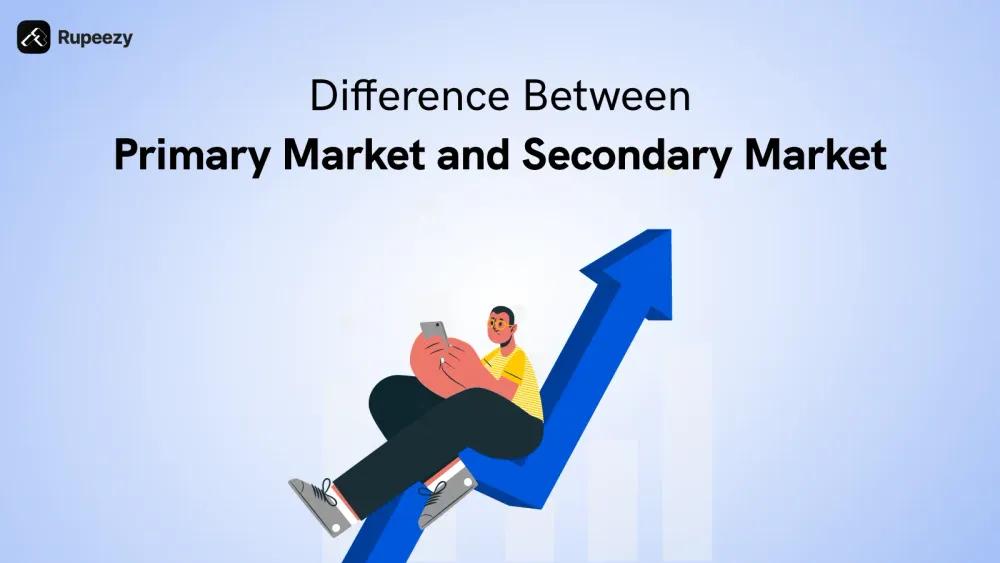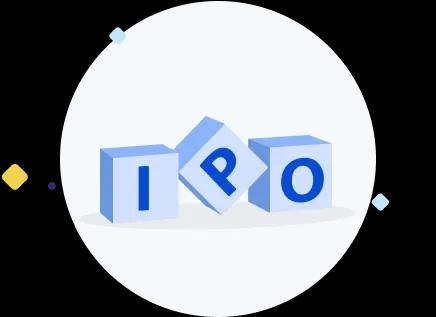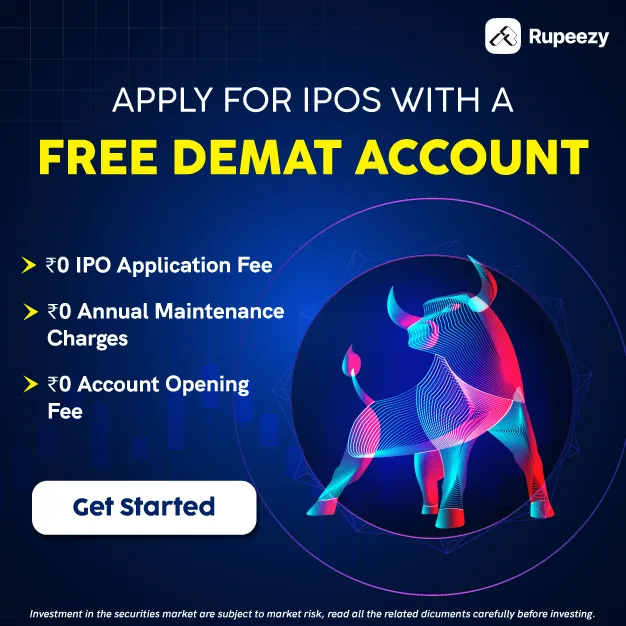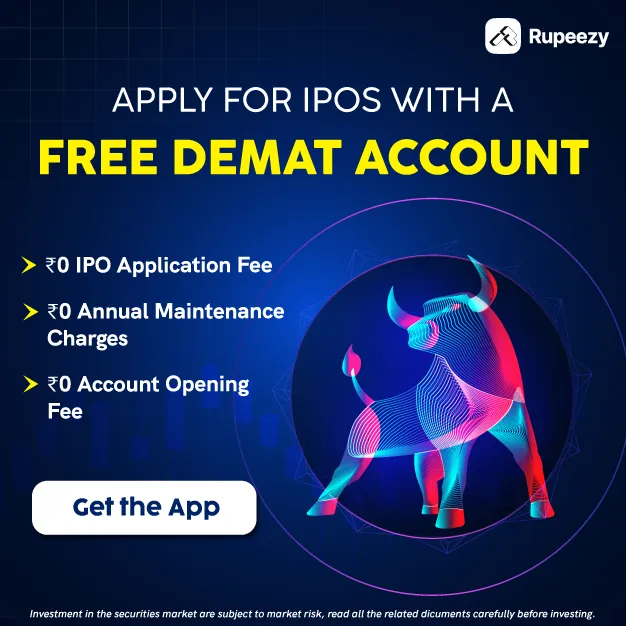Difference Between Primary Market and Secondary Market


00:00 / 00:00
The main difference between the primary market and the secondary market lies in the nature of transactions that are conducted here. The primary market is the place where new securities are issued, and investors buy them directly from the issuer. In contrast, the secondary market is the place where already issued securities are traded among investors, with no direct involvement of the issuer in the process.
Now, it is important to know that these are both parts of the stock market. While nature might be similar, these two work and function in quite different ways. So, now the question is, what is primary market and secondary market? Well, to get the answers, read this guide. Explore the differences in their characteristics and the rest of the details here.
What is the Primary Market?
The primary market is also known as the new issues market. It is the segment where new securities (such as stocks, bonds, and debentures) are created and issued for the first time by companies, governments, or other entities to raise capital.
In this market, securities are sold directly by the issuer to investors, and the funds raised go straight to the issuer for purposes like business expansion, infrastructure projects, or debt repayment. The characteristics of this market are as follows:
Only new securities are issued and sold for the first time.
Investors buy directly from the issuer, not from other investors.
Funds raised go to the issuer, supporting capital formation and economic growth.
Includes IPOs, FPOs, rights issues, private placements, and preferential allotments.
Underwriters assist in pricing, marketing, and ensuring full subscription.
Does not allow trading of already existing securities.
Functions as a process, not a physical marketplace.
Regulated by authorities like SEBI for transparency and protection.
Security prices are set by the issuer using fixed price or book-building methods.
Instruments include bonds, debentures, bills, equity and preference shares.
The purpose is to raise funds for expansion, infrastructure, or debt repayment.
What is the Secondary Market?
The secondary market is the place where previously issued securities are bought and sold among investors. Unlike the primary market, the issuing company does not receive any funds; rather, investors trade with each other. It includes stock exchanges like the NSE and BSE and other platforms where shares, bonds, and other instruments are actively traded.
One key objective of secondary market activity is to provide liquidity, price discovery, and a platform for investors to exit or enter investments. It plays a vital role in developing an efficient financial system.
Now let’s look at some characteristics of secondary market:
Securities traded are already issued and listed.
Transactions happen between investors, not with the issuer.
Provides liquidity, allowing easy entry and exit for investors.
Prices are determined by demand and supply in real time.
Operates through formal exchanges or over-the-counter (OTC) platforms.
Involves a large number of participants, including retail and institutional investors.
Regulated by market bodies like SEBI to ensure fair practices.
Offers transparency through standardized trading and settlement systems.
Supports continuous trading during market hours.
Enhances capital allocation by allowing investors to switch between securities.
Primary and Secondary Markets Examples
There is no doubt that both these markets play a crucial role in our economy. But to understand them better, it is important to understand the primary and secondary market examples, as discussed below:
Examples of the Primary Market
Initial Public Offering (IPO): A company offers its shares to the public for the first time to raise capital. Example: Zomato’s IPO in 2021 allowed investors to buy shares directly from the company.
Follow-on Public Offering (FPO): A listed company issues additional shares to raise more funds. Example: State Bank of India (SBI) issued new shares through a Follow-on Public Offering (FPO).
Rights Issue: New shares are offered to existing shareholders at a discounted rate, giving them the first right to buy. An example is Reliance Industries’ rights issue in 2020.
Private Placement: Securities are sold directly to select investors, like banks or venture capitalists, instead of the public. Example: A startup raising funds from VCs through private placement.
Government Bond Issue: The government issues new bonds to raise money for public projects. For example, the Indian government issues 10-year bonds in the primary market.
Examples of the Secondary Market
Stock Exchange Trading: Buying and selling of existing company shares on platforms like NSE, BSE, NYSE, or Nasdaq. Example: An investor buying Tata Motors shares from another investor on the NSE.
Bond Trading: Trading of government or corporate bonds that were issued earlier. Example: Selling previously purchased government bonds to another investor.
Mutual Fund Units: Units of open-ended mutual funds are traded after the initial offer period. An example is redeeming units of an HDFC Equity Mutual Fund in the secondary market.
Exchange-Traded Funds (ETFs): ETFs are bought and sold on stock exchanges like regular shares. An example is trading Nippon India ETF units on the BSE.
Debenture Trading: Debentures previously issued by companies are bought and sold among investors. An example is trading Reliance Industries debentures in the secondary market.
Key Differences Between Primary Market and Secondary Market
So, here is a detailed comparison of the primary vs secondary market based on meaning, nature, purpose, and more.
Aspect | Primary Market | Secondary Market |
Definition | This is the place where new securities are sold for the first time by the issuer. | This is the palace where existing securities are bought and sold with no direct impact on the issuer. |
Nature of Transaction | The transaction here happened between the investor and the issuer or the issuing company. | The transaction here happens between investors without the involvement of the primary issuer. |
Purpose | The main purpose of the primary market is to help issuers raise fresh capital | The secondary market provides liquidity to investors and facilitates price discovery of securities. |
Examples | Examples include Initial Public Offerings (IPOs), Follow-on Public Offers (FPOs), rights issues, and private placements. | Examples include trading of shares on stock exchanges like NSE, BSE, NYSE, and the buying and selling of bonds and ETFs. |
Funds Flow | The money that the investor pays here directly goes to the issuing company or the government. | In the secondary market, the funds flow between investors; the issuer does not receive any money. |
Price Determination | Prices in the primary market are usually fixed by the issuer or determined through underwriting processes. | Prices in the secondary market are determined by supply and demand forces, fluctuating continuously. |
Frequency of Trading | Securities can be sold only once in the primary market, at the time of issue. | Securities can be traded multiple times in the secondary market after their initial issuance. |
Intermediaries | There are investment banks, underwriters, and merchant bankers. All these play a key role in facilitating primary market transactions. | This involves brokers and dealers which help the investors to complete the transaction under consideration. |
Pros and Cons of the Primary Market
Pros:
1. Capital Infusion for Growth
The primary market enables companies and governments to raise fresh capital, supporting expansion, development, and new projects, which in turn fuels economic growth.
2. Profit Potential for Investors
Investors can participate in new offerings, such as IPOs, with the possibility of significant capital appreciation if the securities perform well in the secondary market.
3. Transparent and Fair Pricing
Securities in the primary market are typically priced based on market demand, company fundamentals, and regulatory disclosures, ensuring a fair price discovery process.
4. Diversification of Investment Opportunities
The primary market offers a range of securities, including stocks, bonds, and debentures, allowing investors to diversify their portfolios.
5. Contribution to Economic Development
By mobilizing savings and channeling them into productive investments, the primary market encourages entrepreneurship, job creation, and innovation, benefiting the broader economy.
Cons:
1. Market Risks and Volatility
Newly issued securities are subject to market risks; economic downturns or sector-specific challenges can negatively impact their performance.
2. Lack of Liquidity
Investments in the primary market often involve a lock-in period, making it difficult for investors to quickly liquidate their holdings if needed.
3. Information Asymmetry
Investors may not always have access to complete or accurate information about the issuer, increasing the risk of poor investment decisions.
4. High Issuance Costs
Issuing securities in the primary market involves substantial costs, including underwriting fees, regulatory charges, and marketing expenses, which can reduce net proceeds for the issuer.
5. Complex and Time-Consuming Process
The process of issuing new securities requires compliance with strict regulations and involves multiple steps, making it lengthy and sometimes cumbersome for companies.
Pros and Cons of the Secondary Market
Pros:
1. High Liquidity
The secondary market allows investors to quickly buy and sell securities, making it easy to convert investments into cash whenever needed.
2. Efficient Price Discovery
Prices in the secondary market are determined by supply and demand, reflecting real-time market sentiment and information, which helps in fair price discovery.
3. Portfolio Flexibility
Investors can easily adjust, diversify, or rebalance their portfolios by buying or selling securities in the secondary market.
4. Accessibility
The secondary market provides access to a wide range of securities, including stocks, bonds, ETFs, and debentures, catering to different investor preferences and risk profiles.
5. Encourages Investment in the Primary Market
The existence of a liquid secondary market makes primary market securities more attractive, as investors are assured they can exit their investments when needed.
Cons:
1. Price Volatility
Securities in the secondary market can experience rapid price fluctuations due to market sentiment, economic news, or global events, which can lead to potential losses for investors.
2. Transaction Costs
Trading in the secondary market involves costs such as brokerage fees, taxes, and other charges, which can reduce overall returns.
3. Risk of Speculation
The ease of trading and potential for quick gains can encourage speculative behavior, sometimes leading to irrational investment decisions and market bubbles.
4. Emotional Investing
Investors may be influenced by market trends or panic selling, resulting in decisions driven by emotion rather than fundamentals.
5. No Direct Benefit to Issuers
In the secondary market, the issuing company does not receive any funds from the trading of its securities; only the selling investor benefits financially.
Conclusion
Knowing the difference between the primary and secondary markets is just the start. When you know what each market does and its nature, you are in a better position to make an investment decision. Additionally, for beginners, the primary market is a great way to enter the market.
At the same time, if you are looking to invest in existing securities and gain flexibility, the secondary market might be best. But in either case, you must know the pros and cons of both to ensure you do not incur losses.
FAQs
Q1. Can a retail investor directly participate in the primary market?
Yes, retail investors can participate directly in the primary market, especially in public issues like IPOs, through platforms like Rupeezy or their bank's net banking ASBA facility.
Q2. Can the same stock be traded in both primary and secondary markets?
Yes, a stock is first issued in the primary market and then traded among investors in the secondary market once it gets listed on a stock exchange.
Q3. How is the price of a share determined in the primary vs secondary market?
In the primary market, the price is set by the issuer using book-building or fixed price methods. In the secondary market, prices fluctuate based on demand and supply.
Q4. Are IPOs part of the primary or secondary market?
IPOs are part of the primary market since they involve the first-time issue of shares directly by the company to investors.
Q5. Which market offers better liquidity – primary or secondary?
The secondary market offers better liquidity because it allows continuous buying and selling of securities, whereas the primary market involves only first-time purchases.
Check Out These Related Articles |
The content on this blog is for educational purposes only and should not be considered investment advice. While we strive for accuracy, some information may contain errors or delays in updates.
Mentions of stocks or investment products are solely for informational purposes and do not constitute recommendations. Investors should conduct their own research before making any decisions.
Investing in financial markets are subject to market risks, and past performance does not guarantee future results. It is advisable to consult a qualified financial professional, review official documents, and verify information independently before making investment decisions.

All Category







